Introduction: Why Navratri is Celebrated for 9 Days
Why Navratri is celebrated for 9 days? This question resonates deeply in the hearts of millions across India, as Navratri is one of the most significant Hindu festivals. It is celebrated with immense devotion and enthusiasm, marking a period of spiritual awakening, fasting, and vibrant cultural festivities. The essence of why Navratri is celebrated for 9 days is rooted in ancient mythology, symbolizing the triumph of good over evil.
Understanding Why Navratri is Celebrated for 9 Days
To grasp why Navratri is celebrated for 9 days, we must delve into its rich history and mythology. This nine-day festival is dedicated to Goddess Durga and her nine forms, each representing different virtues. The significance of Navratri lies in its powerful stories and cultural impact, which we will explore in detail.
The Mythological Story Behind Why Navratri is Celebrated for 9 Days
The Battle Between Maa Durga and Mahishasura
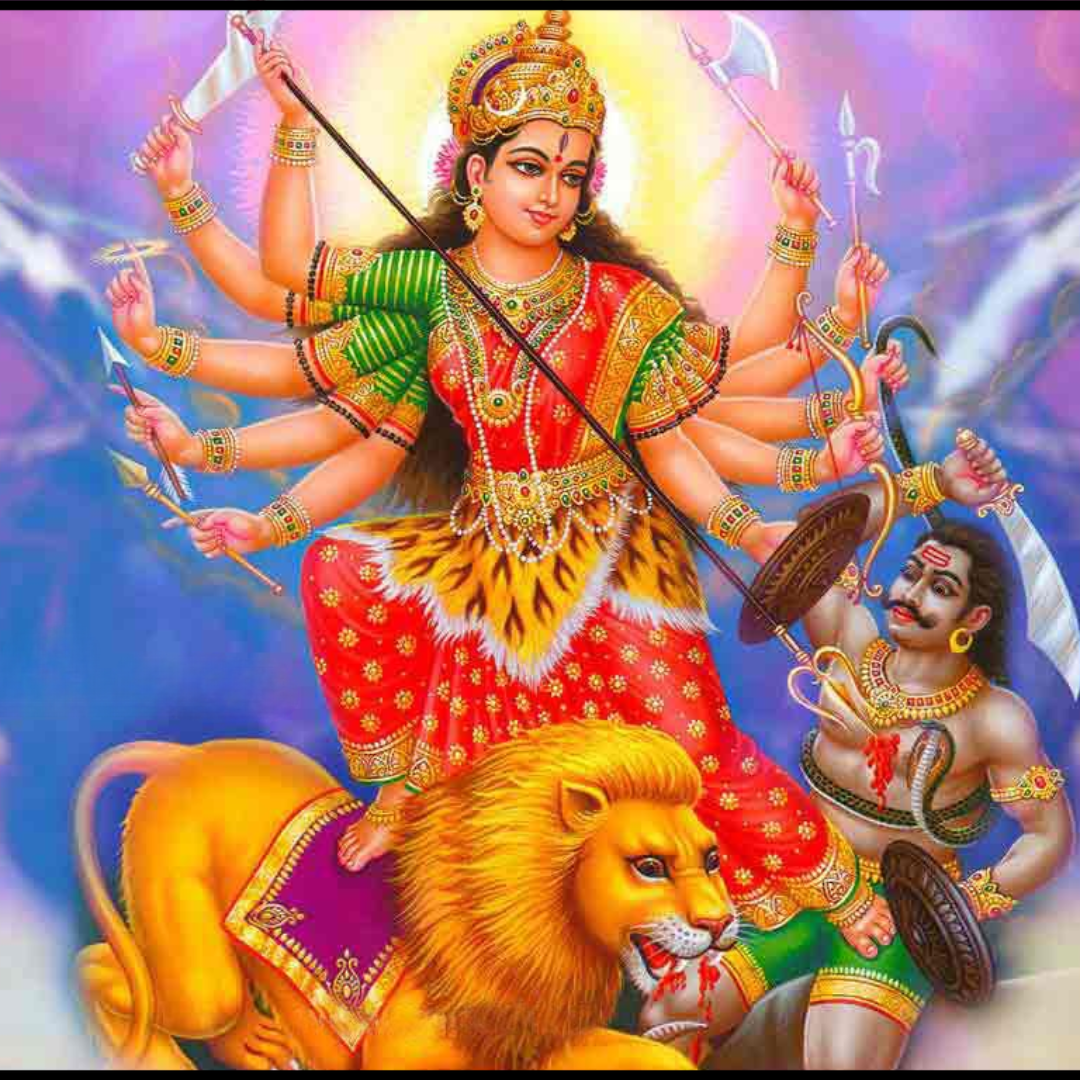
One of the most popular legends explaining why Navratri is celebrated for 9 days involves the fierce battle between Goddess Durga and the buffalo demon Mahishasura. Mahishasura, blessed with invincibility by Lord Brahma, wreaked havoc on both earth and heaven. The divine trinity—Brahma, Vishnu, and Shiva—created Goddess Durga to combat this evil force. The battle lasted nine days, culminating in Mahishasura’s defeat, a victory celebrated on the tenth day as Vijayadashami. This epic fight is a crucial reason why Navratri is celebrated for 9 days.
Why Navratri is Celebrated for 9 Days: The Story of Rama’s Worship
According to the Ramayana, why Navratri is celebrated for 9 days is also linked to Lord Rama. Before his battle against Ravana, Rama invoked the blessings of Goddess Durga. While traditionally worshipped in spring during Vasant Navratri, Rama performed an untimely worship during Sharad Navratri to seek victory over Ravana.
Akal Bodhan: The Untimely Worship
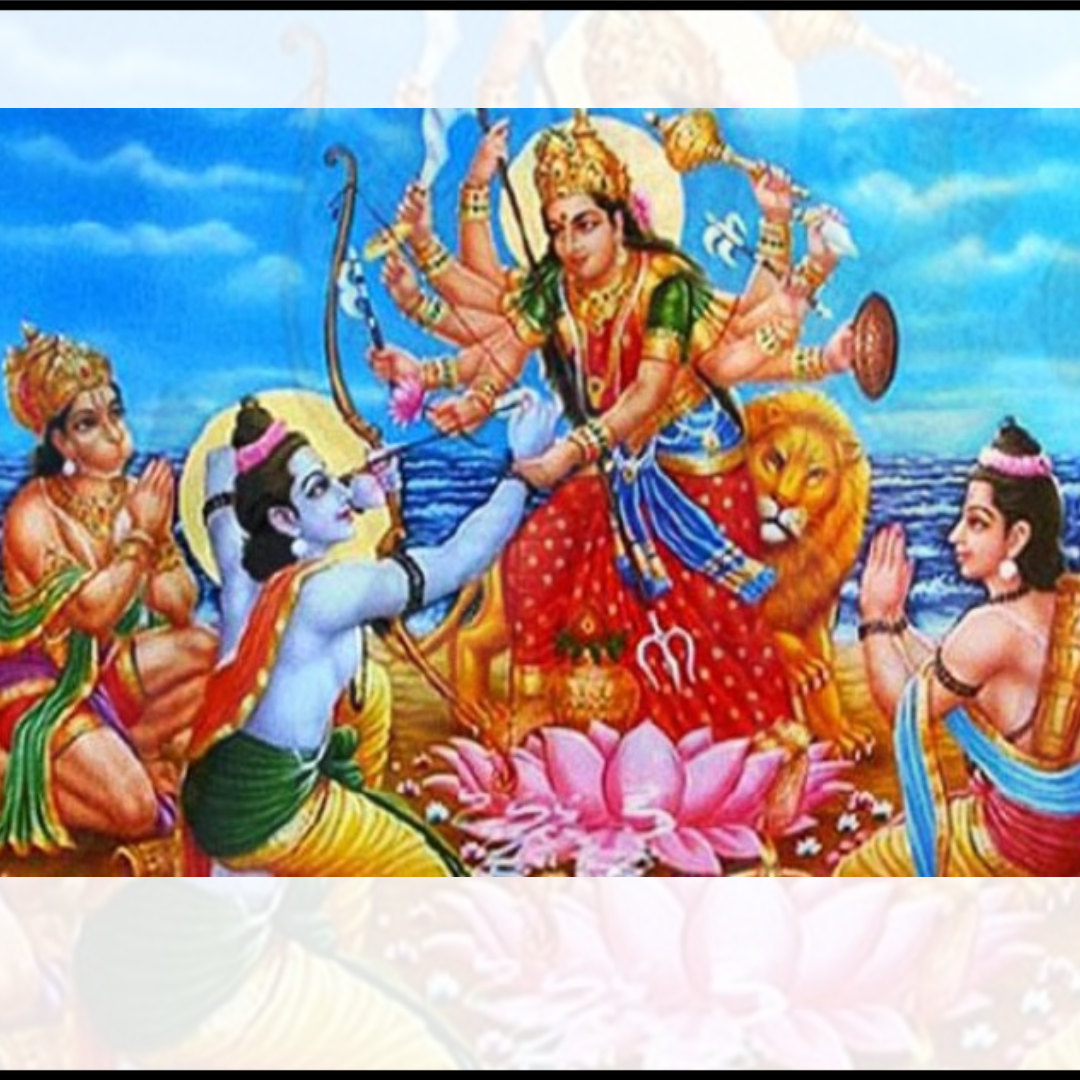
In the context of why Navratri is celebrated for 9 days, Akal Bodhan, or untimely worship, illustrates Rama’s devotion. Realizing he needed divine help to defeat the nearly invincible Ravana, Rama prayed to Goddess Durga for nine days during Navratri. His sincere worship with 108 blue lotuses exemplifies why Navratri is celebrated for 9 days, marking the connection between devotion and divine intervention.
The Test of Devotion and the Blessings of Victory
On the final day of worship, when Rama discovered he had only 107 blue lotuses, he decided to offer one of his eyes in place of the missing lotus. Moved by his dedication, Goddess Durga appeared before him, blessed him, and assured him victory. This story reinforces why Navratri is celebrated for 9 days, highlighting the importance of devotion and the divine blessings that come from it.
The Spiritual Significance of Why Navratri is Celebrated for 9 Days
Beyond its mythological tales, understanding why Navratri is celebrated for 9 days also involves its spiritual significance. Each of the nine days is dedicated to worshiping different forms of Goddess Durga, representing power, wisdom, compassion, and more. This festival allows devotees to engage in fasting, rituals, and prayers, promoting physical and mental purification. As a period for self-reflection and rejuvenation, Navratri is an epic festival celebrated with immense devotion across India. Each day of Navratri represents a step towards spiritual growth, connecting devotees to the divine. Navratri and Its Cultural Significance Across India Navratri for 9 days showcases the cultural diversity found across various regions of India. Each area has its unique traditions, reflecting local customs and beliefs associated with this vibrant festival. In West Bengal, the festival is popularly known as Durga Puja, where grand idols of Goddess Durga are worshiped, culminating in the immersion of the idol on the final day. In Gujarat, why Navratri is celebrated for 9 days comes alive through the vibrant dance forms of Garba and Dandiya, where communities gather to celebrate joyfully. In Tamil Nadu and Karnataka, the tradition of Golu involves displaying dolls that represent mythological figures, adding to the festive spirit. In Maharashtra, the celebration includes fasting, prayers, and various cultural events. These diverse celebrations reflect how why Navratri is celebrated for 9 days has woven itself into India’s cultural fabric, with each region adding its distinctive flavor to the festival.
Understanding the Symbolism: Why Navratri is Celebrated for 9 Days
Each day of Navratri is dedicated to a different form of Goddess Durga, symbolizing various virtues and energies. Here’s a breakdown of the forms and their significance:
- Day 1: Goddess Shailaputri (Strength and Stability)
- Day 2: Goddess Brahmacharini (Devotion and Discipline)
- Day 3: Goddess Chandraghanta (Courage and Valor)
- Day 4: Goddess Kushmanda (Creativity and Energy)
- Day 5: Goddess Skandamata (Motherhood and Nurturing)
- Day 6: Goddess Katyayani (Power and Protection)
- Day 7: Goddess Kalaratri (Destruction of Negativity)
- Day 8: Goddess Mahagauri (Purity and Wisdom)
- Day 9: Goddess Siddhidatri (Fulfillment and Accomplishment)
These nine forms collectively symbolize the qualities necessary to overcome evil forces and achieve spiritual liberation.
Facts and Figures: The Scale of Navratri Celebrations
- Durga Puja in West Bengal: Nearly 40,000 community pandals are established annually in Kolkata alone, drawing millions of devotees. The city transforms into a vibrant hub of celebration, exemplifying Navratri for 9 days.
- Garba in Gujarat: The largest Garba gathering recorded took place in Vadodara, where over 35,000 participants danced together in 2019, showcasing the festival’s communal spirit.
- Economic Impact: Why Navratri is celebrated for 9 days also influences the economy significantly, with a surge in sales of traditional clothing, jewelry, and religious items. In Gujarat, Navratri generates over $1 billion in retail sales each year.
Case Study: Navratri’s Impact on Modern Lifestyle
In recent years, Navratri has evolved to retain its religious significance while adapting to modern lifestyles. Many urban Indians leverage this time for detoxification and wellness. With practices such as fasting, vegetarian diets, and the avoidance of alcohol and processed foods, Navratri celebration promotes both spiritual and physical well-being. A survey conducted by a wellness platform revealed that 70% of urban Indians view Navratri as an opportunity to reset their health goals. The traditional fasting rituals are being embraced as a holistic lifestyle choice, illustrating how the essence of Navratri is celebrated for 9 days is evolving with contemporary practices.
Conclusion: The Enduring Legacy of Why Navratri is Celebrated for 9 Days
In conclusion, why Navratri is celebrated for 9 days is a question that encapsulates rich mythology, cultural traditions, and profound spiritual significance. From the epic battles of ancient legends to the contemporary celebrations of devotion, Navratri continues to inspire millions. Understanding why Navratri is celebrated for 9 days enhances our appreciation of this vibrant festival and its role in preserving cultural heritage.
FAQs
Loved this post?
Don’t stop here!
Dive into more exciting reads!!
Click below to explore our other blogs—you won’t want to miss them!
Navratri 2025
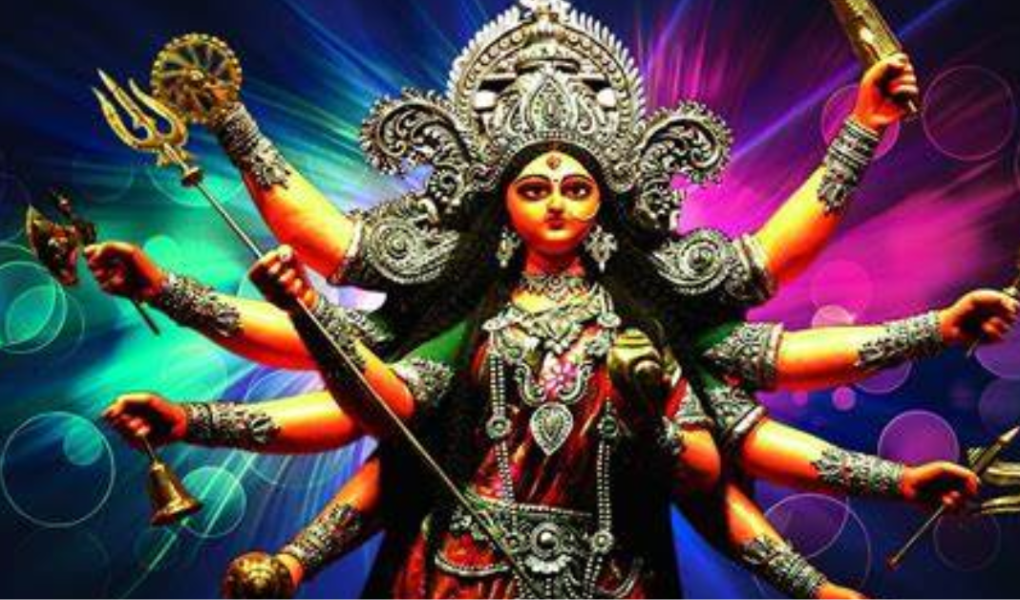
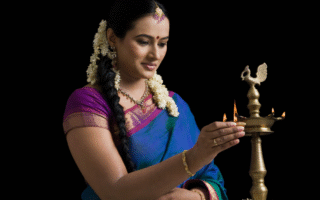
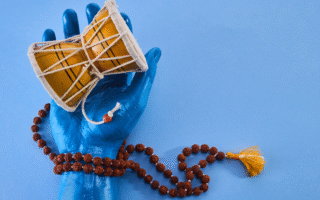
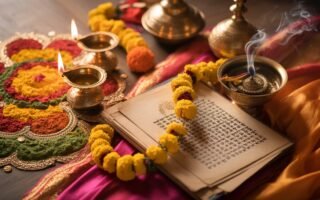
Superb Content. Loved it 👍
[…] Navratri Celebration […]
[…] Why navratri celebrated for 9 Days […]
[…] Why Navratri Celebrated for 9 Days […]
[…] Why Navratri Celebrated for 9 Days? […]
[…] Why navratri celebrated for 9 Days […]
[…] Why Navratri Celebrated for 9 Days […]
[…] Why Navratri for 9 Days? […]